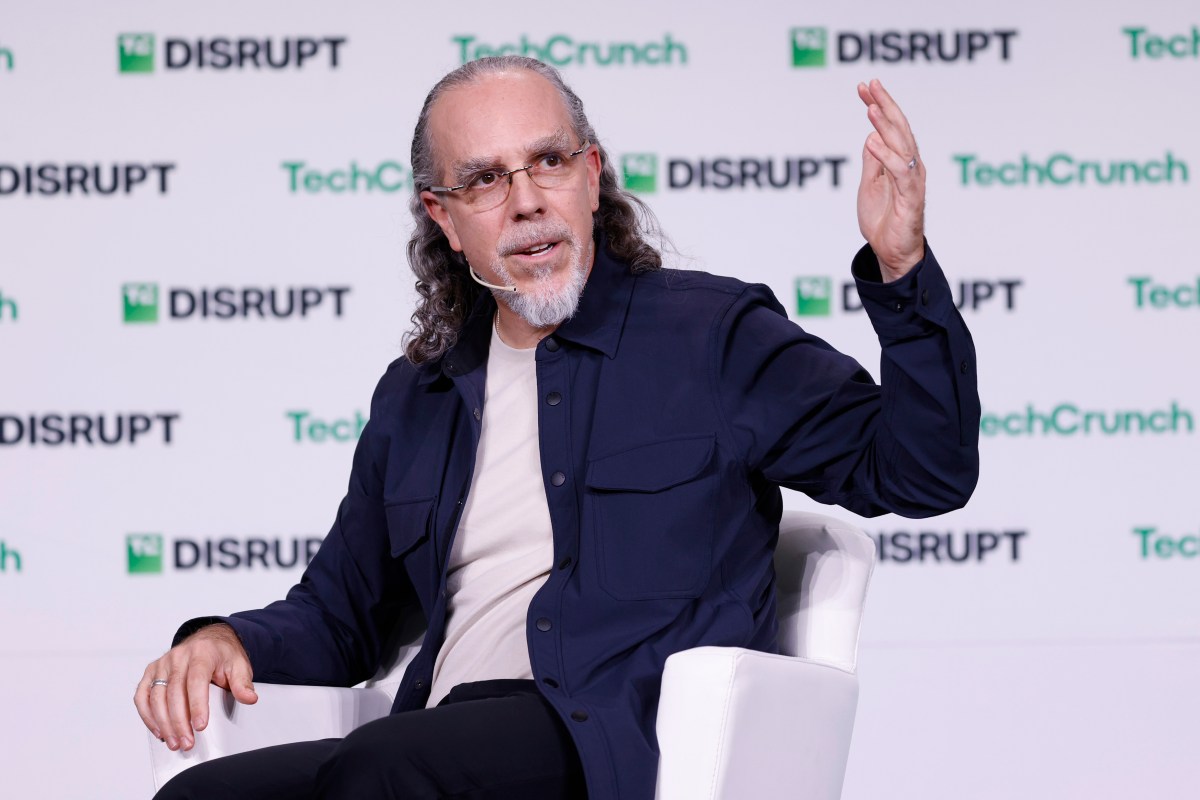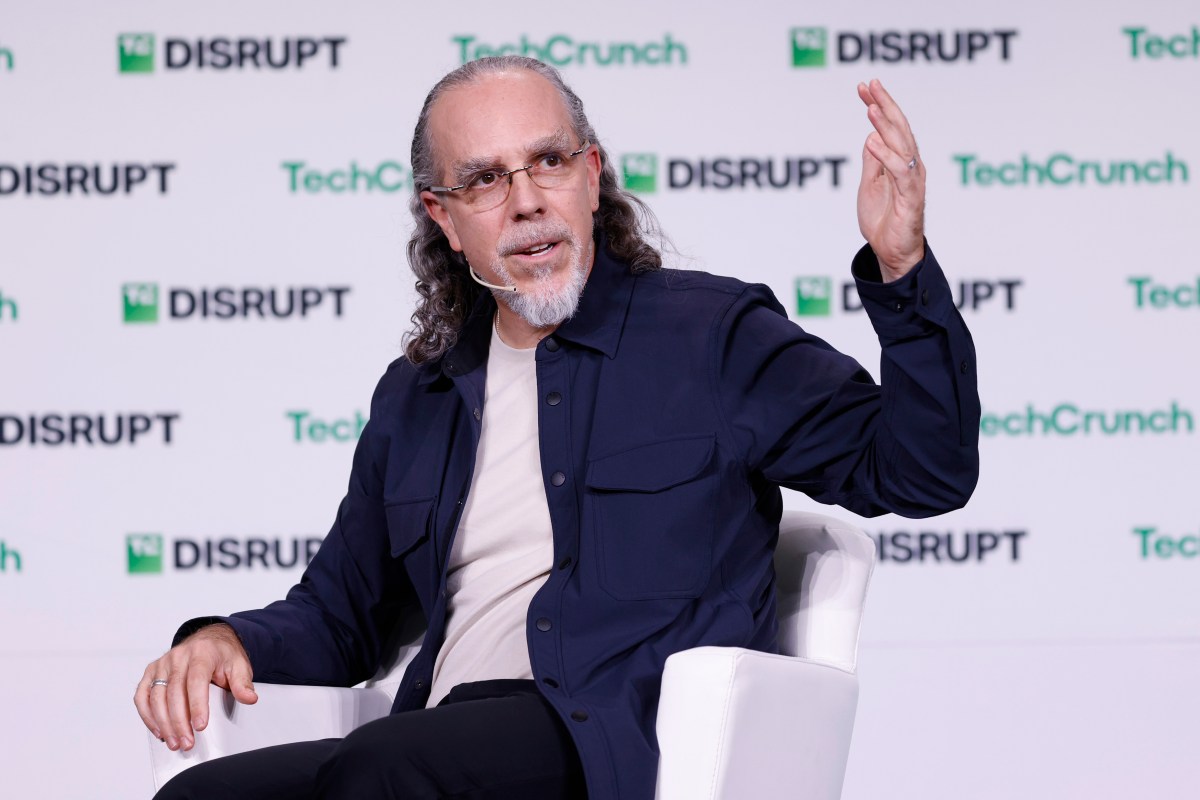Key Points
- X defines a moonshot as solving a huge problem, offering a product that could eliminate it, and using breakthrough technology.
- The company runs a “fail fast” process, funding tiny experiments to quickly learn whether ideas are too crazy or promising.
- More than 100 projects start each year, but only about 2% achieve an exit after five or six years.
- 44% of X’s spending goes to projects that graduate as “outrageously good” companies, including Waymo and Wing.
- Success at X requires a balance of audacity to pursue bold ideas and humility to let go of those that don’t work.

Moonshot Definition
Astro Teller, the CEO of X, Alphabet’s “moonshot factory,” explained that a moonshot must meet three criteria. First, it must aim to solve a huge problem in the world. Second, it must propose a product or service that, however unlikely, could eliminate that problem. Third, it must rely on a breakthrough technology that offers a glimmer of hope for solving the challenge. Teller emphasized that ideas that sound reasonable are not what X is looking for, because they lack the audacious, uncertain nature of a true moonshot.
Fail‑Fast and Learning
Teller described X’s “fail fast” mantra as a core part of its process. The company funds small, testable hypotheses with a tiny amount of money to learn quickly whether an idea is “a little bit more crazy than we thought” or “a little bit less crazy than we thought.” If an idea proves too crazy, X “puts a bullet in its head and moves on.” If it shows promise, the team receives a modest increase in funding to continue the investigation. According to Teller, “44% of all of the money that the company spends is on things that graduate and are ‘outrageously good.’”
Funding, Hit Rate, and Graduation
Teller noted that X starts more than 100 projects each year, yet only about “2%” of them achieve an exit five or six years later. This low hit rate reflects the deliberate strategy of killing bad ideas early while allowing the few that succeed to receive sustained support. Successful graduates have included Waymo and Wing, both of which began as moonshots inside X before becoming independent businesses.
Culture of Audacity and Humility
Teller said that pursuing moonshots requires “equal amounts of audacity and humility.” High audacity is needed to embark on unlikely journeys, while humility ensures that teams do not become overly attached to an idea that may not work. He argued that everyone is creative as a child, but conventional education often suppresses that creativity. By creating an environment where people do not feel “stupid” to ask bold questions, X hopes to rediscover that early‑life creativity and apply it to radical innovation.
Conclusion
At the TechCrunch Disrupt conference, Teller’s remarks painted a picture of X as an organization that deliberately embraces failure as a learning tool, funds a high volume of experimental projects, and expects the vast majority to be discontinued quickly. The combination of a strict three‑part moonshot definition, a disciplined “fail fast” approach, and a culture that balances boldness with humility underpins X’s track record of turning seemingly impossible ideas into real‑world products such as autonomous vehicles and drone delivery.
Source: techcrunch.com
